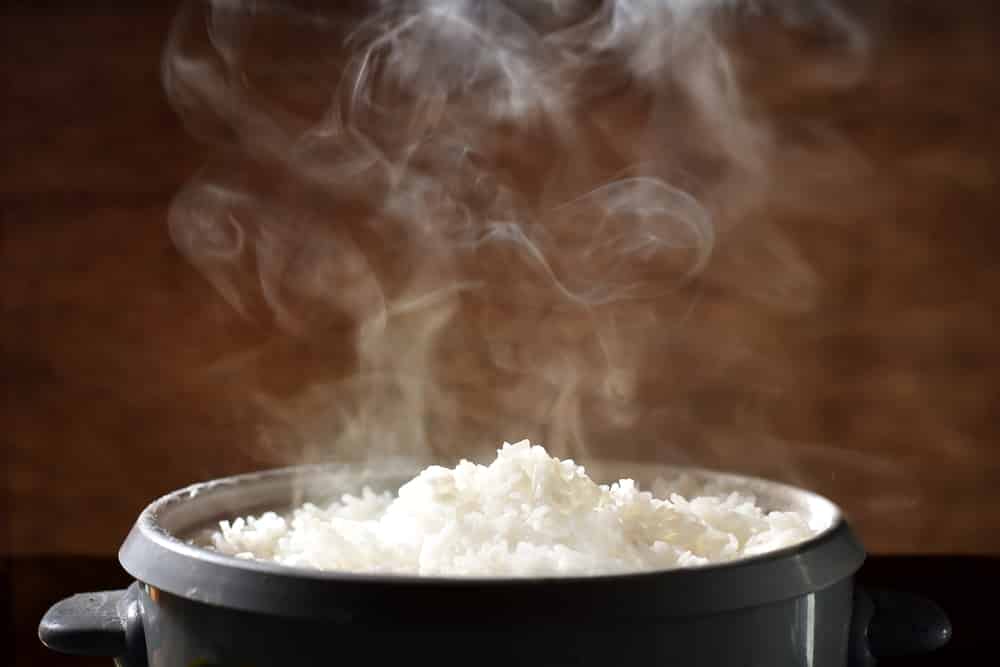
An electric rice cooker is made up of five key components, thermostat, heating element, fuses, switch, and control board.
Every one of these components has its use and quite surprisingly any one of them having a fault can strip your electric rice cooker from its heating ability.
Here in this article, we will describe in detail how each one works and how to fix them in case any one of them goes out due to a fault.
How To Repair Rice Cooker Not Heating?
1. Thermostat
A thermostat is an electric rice cookers’ thermal regulator. The thermostat receives information about the internal temperature and depending upon how much water is inside the rice cooker, maintains the temperature or changes it.
The thermostat induces change by feeding information to the circuit board which then commands the heating element to change its heating intensity.
A faulty thermostat will mean an unregulated temperature change. As a result, the electric rice cooker may stay at the initial room temperature because of its inability to sense and regulate change.
The thermostat is connected right above the heating coil. Its placed there to sense and control the heat change effectively.
Try replacing the thermostat only if you know how to do it. Extensive electrical appliance knowledge is necessary for a successful attempt.
If you are a regular individual, we advise you to go to a locally certified electrician.
Open this link if you want to learn more about thermostat replacement.
2. Heating element
The heating element of an electric rice cooker is its heat source. The heating element is placed below the inner pot and acts just like a stove.
A faulty heating element will translate into no heat. Thus it’s extremely important to change it as fast as possible.
Make sure to follow a step-by-step guide that shows you how to replace an electric rice cookers’ heating coil. If you cannot follow the instructions, bring your electric rice cooker and show it to a certified electrician.
3. Fuses
There are two fuses installed within an electric rice cooker. One of them is an electrical fuse that protects your rice cooker from an electrical surge. The other fuse is a thermal fuse that protects your rice cooker from a thermal spike.
Having a busted thermal fuse due to a previous thermal spike will create a no-heat rice cooker.
You can look through our catalog of articles and find the one that shows you how to replace a thermal fuse. If you don’t have prior electrical knowledge, we suggest you bring your electric rice cooker to a certified electrician.
4. Switch and Control board
A switch is what you see on the outside while the control board is what the switch is attached to from the inside. The control board controls everything, while the switch is used to input a user’s command into the control board.
With a faulty switch, the on/off command will be ignored by the control board. As a result, even if you turn the switch to ON, the electric rice cooker will not heat up.
Similarly, a faulty control board will shut down the rice cooker and render it useless. To fix any one of them try your certified electrician.